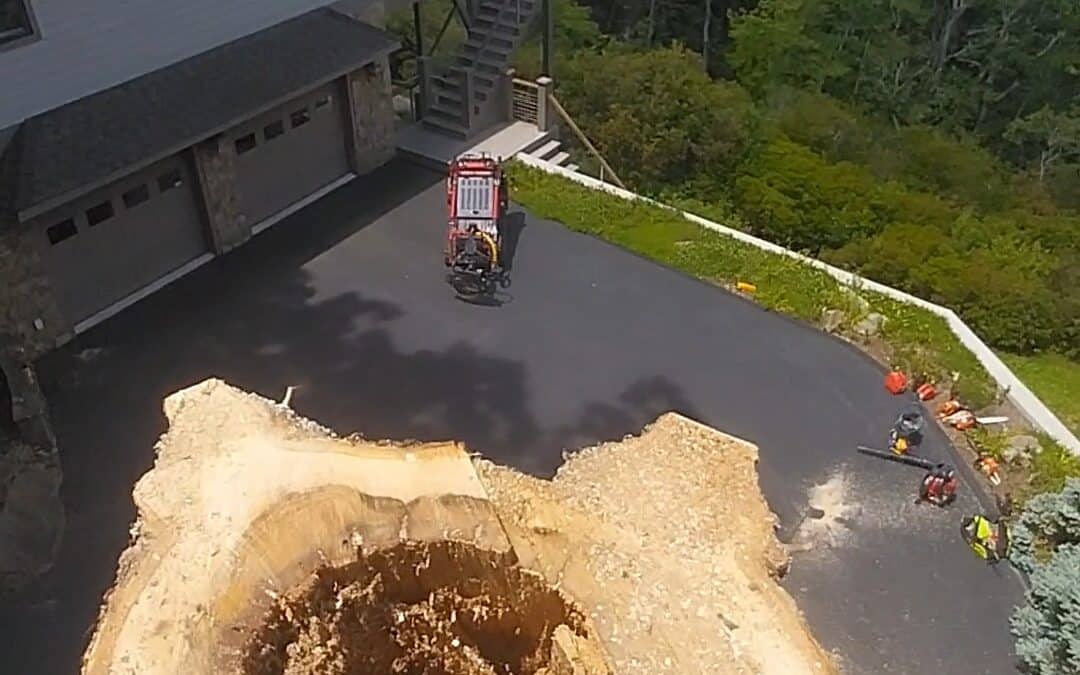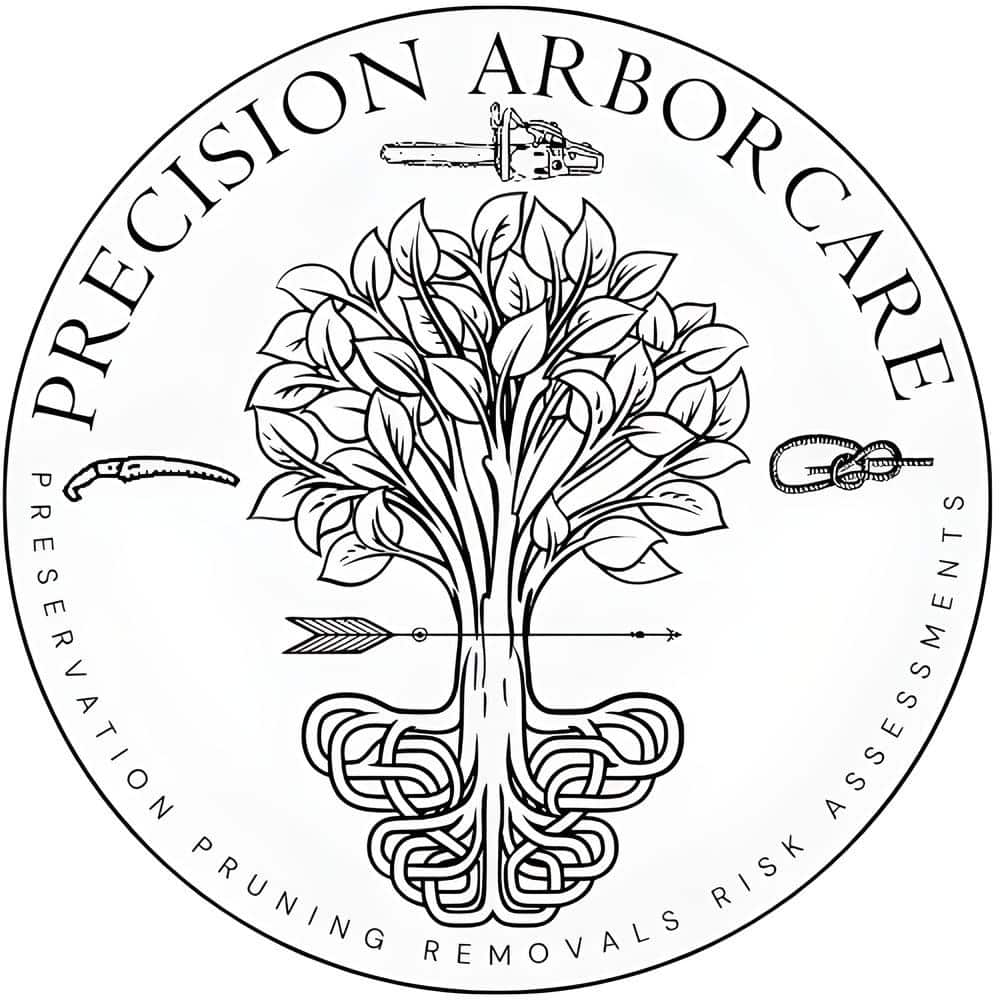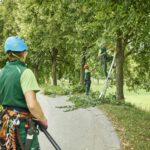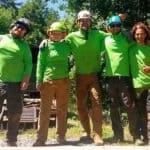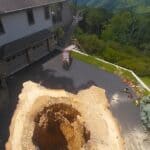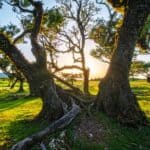Ensuring the safety of your yard involves more than just regular lawn care; it includes maintaining the trees that populate your landscape. Preventing tree hazards is crucial not only for safety but also for the health of your yard’s ecosystem. This discussion will cover how to identify potential dangers and implement effective preventive measures to keep your trees in excellent condition. Recognizing the signs and understanding when to seek professional help can make all the difference in maintaining a safe and beautiful yard.
Identifying Potential Tree Hazards
Knowing what to look for is the first step in preventing tree hazards. Many homeowners enjoy the shade and beauty trees provide, yet neglect the potential risks posed by unhealthy or unstable trees. For example, a tree leaning significantly more after a storm might indicate compromised stability and requires prompt attention. Spotting these issues early can prevent damage to property or injury.
- Look for signs of disease or pest infestation: Discoloration, unusual leaf drop, or visible pests
- Check for dead or broken branches: These can fall unexpectedly, especially during high winds
- Notice any changes in the soil or root area: Soil upheaval or visible roots can signal instability
Regular Tree Inspections
Scheduling regular inspections with a certified arborist can catch problems before they escalate. These professionals assess the health of your trees, identifying issues that the untrained eye might miss. During an inspection, the arborist will look at the overall health of the tree, checking for signs of distress or disease which could lead to potential hazards if unchecked.
- Assess tree stability and health: An arborist can determine if a tree poses a risk
- Identify potential risks to your property: Proximity to power lines or structures
- Provide maintenance recommendations: Pruning, disease treatment, or possibly removal
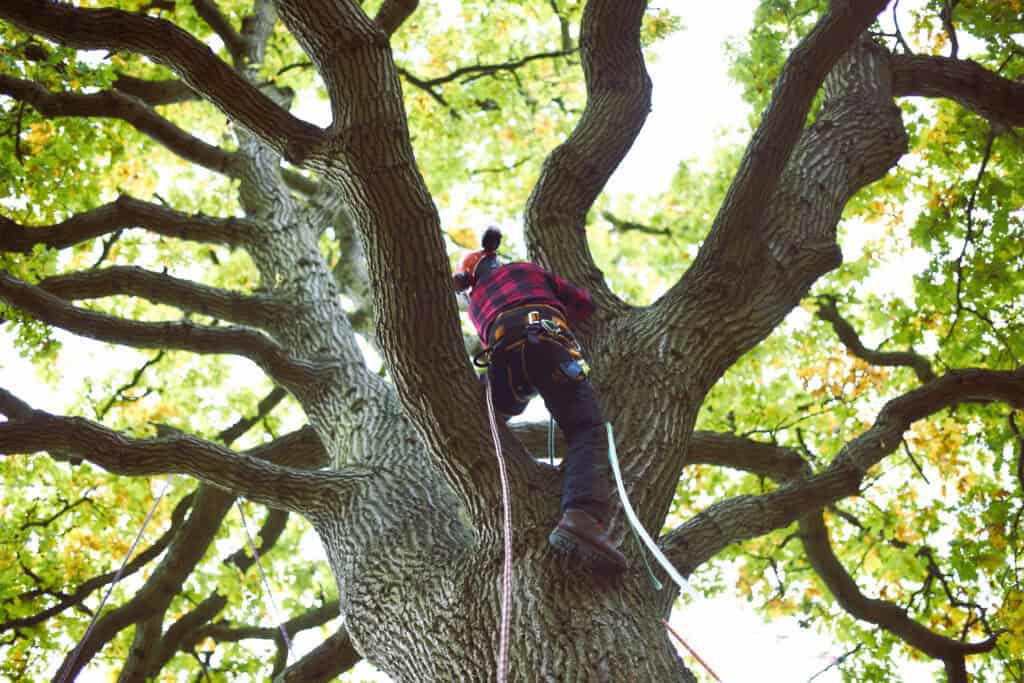
Proper Tree Pruning Techniques
Effective pruning is more than just a matter of aesthetics; it’s a critical maintenance task that enhances tree health and safety. Incorrect pruning can weaken a tree and create hazardous conditions. Therefore, understanding the right techniques is essential for anyone looking to maintain their trees safely.
- Remove dead or weak branches: This prevents them from falling and causing injury or damage
- Thin the crown to allow for new growth and better air circulation: Helps the tree to withstand winds
- Avoid topping trees: This can lead to weak regrowth and increased hazard potential
Tree Disease Prevention
Preventing tree diseases starts with good cultural practices, from the selection of species that are appropriate for the local climate to proper watering and feeding. Keeping trees healthy is the best way to prevent diseases that can weaken trees and turn them into hazards.
- Choose resistant tree varieties: Research which species thrive best in your region
- Regularly clean up fallen debris: Prevents fungal growth and pest infestations
- Ensure proper nutrition and watering: Stressed trees are more susceptible to diseases
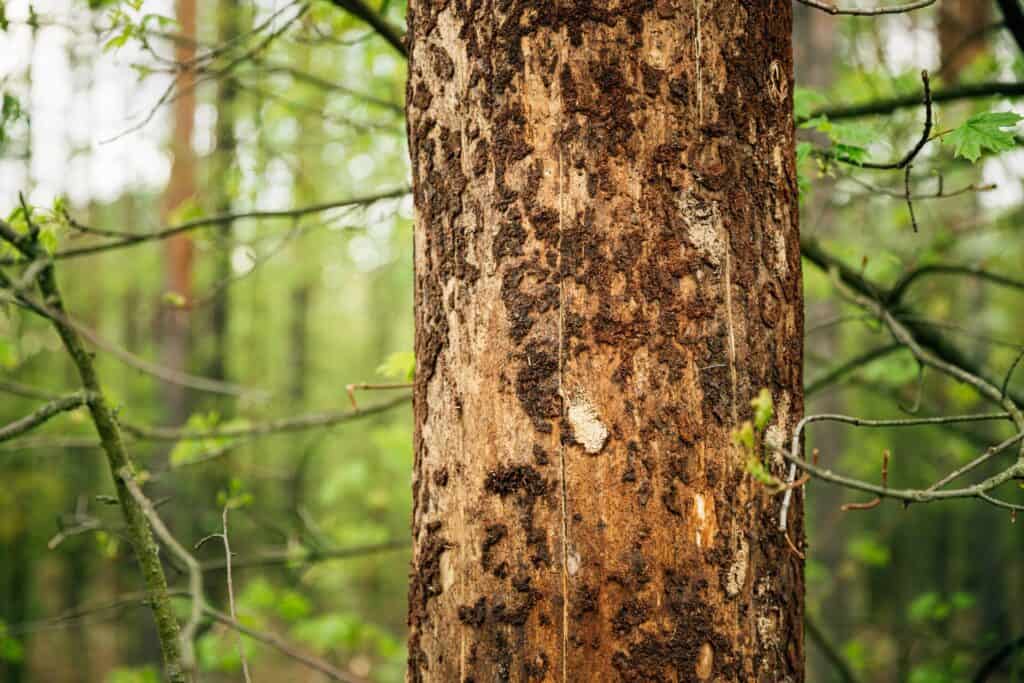
Soil and Root Care
The foundation of a healthy tree is its root system and the soil in which it grows. Compacted soil, poor water management, and inadequate nutrition can all lead to unstable trees. Maintaining soil health is essential for preventing trees from becoming hazards in your yard.
- Avoid soil compaction near the tree base: Compacted soil can suffocate roots and weaken trees
- Water deeply but infrequently: Encourages strong, deep root growth
- Mulch appropriately: Keeps roots moist and protected but should not touch the tree trunk directly
When to Call a Professional
Sometimes the situation requires the expertise of a tree service professional, especially when dealing with large trees or those close to structures. Professionals have the tools and knowledge to safely address issues that could pose significant risks.
- If you see signs of instability or significant damage: Professional assessment is crucial
- When trees are near power lines or buildings: Specialized equipment and techniques are needed
- For tree removals or major pruning jobs: DIY can be dangerous in these situations
Implementing Preventive Measures
Proactively managing the trees in your yard is the key to preventing hazards. By implementing a routine care schedule, monitoring tree health, and responding to issues promptly, homeowners can significantly reduce the risk of tree-related problems.
- Create a yearly maintenance plan: Schedule regular inspections and maintenance
- Educate yourself on tree health: Knowledge is power when it comes to tree care
- React quickly to any signs of trouble: Delay can turn a manageable issue into a serious hazard
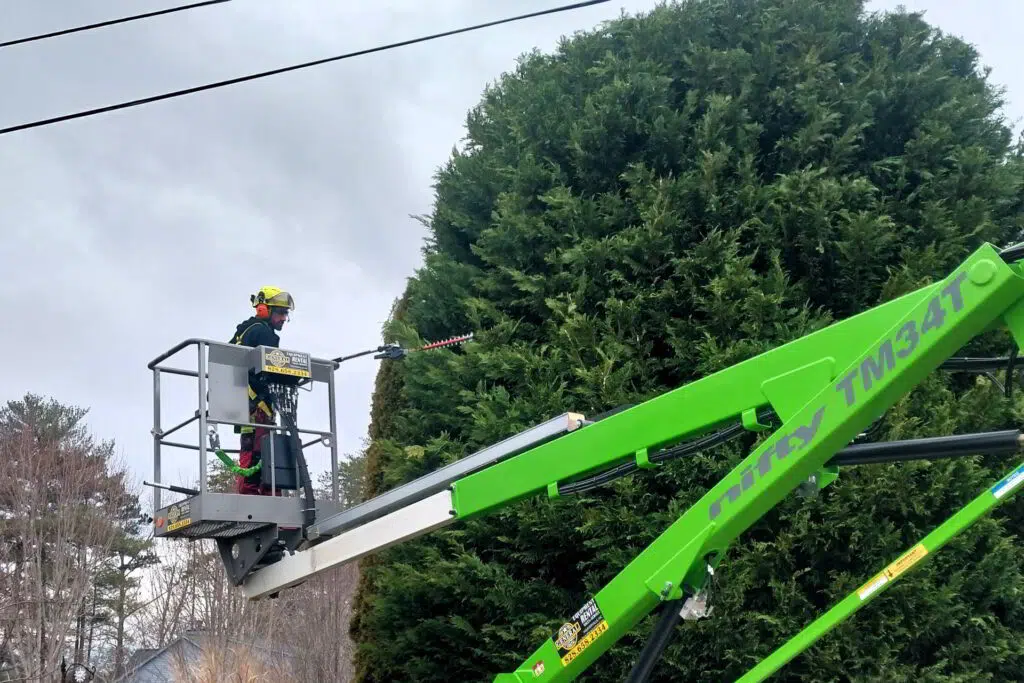
Key Takeaways for Tree Service Optimization
Understanding the basics of tree hazard prevention is essential for any homeowner looking to maintain a safe and healthy yard. The preventive measures discussed can help mitigate risks and enhance the beauty and safety of your landscape.
- Recognize the early signs of potential tree problems
- Employ proper care techniques from pruning to soil management
- Know when to call in the professionals for help
Frequently Asked Questions
- What are the signs that a tree might be a hazard?
- Visible signs include leaning, cracks in the trunk, dead branches, and exposed roots.
- How often should I have my trees inspected?
- It is advisable to have a professional arborist inspect your trees at least once every two to three years, or after major weather events.
- Can pruning a tree make it more hazardous?
- Incorrect pruning can indeed make a tree more hazardous, which is why it’s important to follow proper pruning techniques or hire a professional.
- What should I do if my tree is close to power lines?
- Contact your local utility company or a professional tree service that has experience working around power lines.
- Is it necessary to remove a tree if it shows signs of disease?
- Not always; some diseases are treatable. A professional can assess whether the tree can be saved or needs to be removed.
Precision Arborcare is your trusted arborist for expert tree services in Asheville, NC. Built on a passion for trees and a commitment to providing top-quality arborist care, our company excels in technical skills while prioritizing clear communication, customer satisfaction, and safety. Our team consists of certified arborists and tree care professionals dedicated to enhancing and preserving the natural beauty of your landscape. We pride ourselves on being approachable, friendly, and professional arborists, ensuring that our clients feel confident and informed throughout every step of their tree care journey. Precision Arborcare offers tailored arborist services to meet the specific needs of each client, from routine maintenance and emergency tree services to specialized care for your trees.
